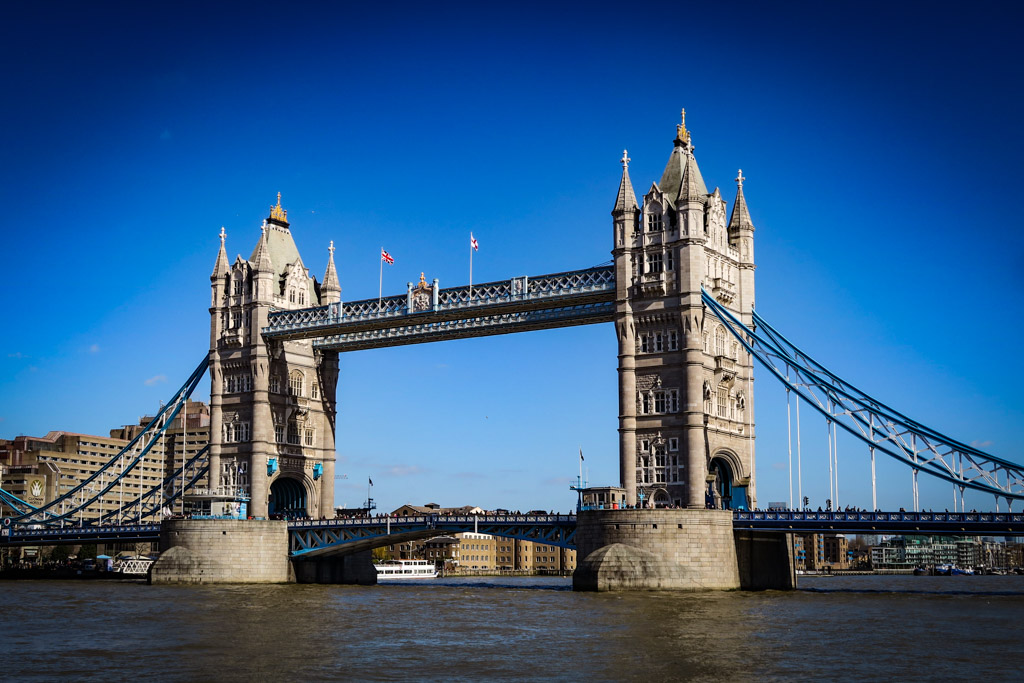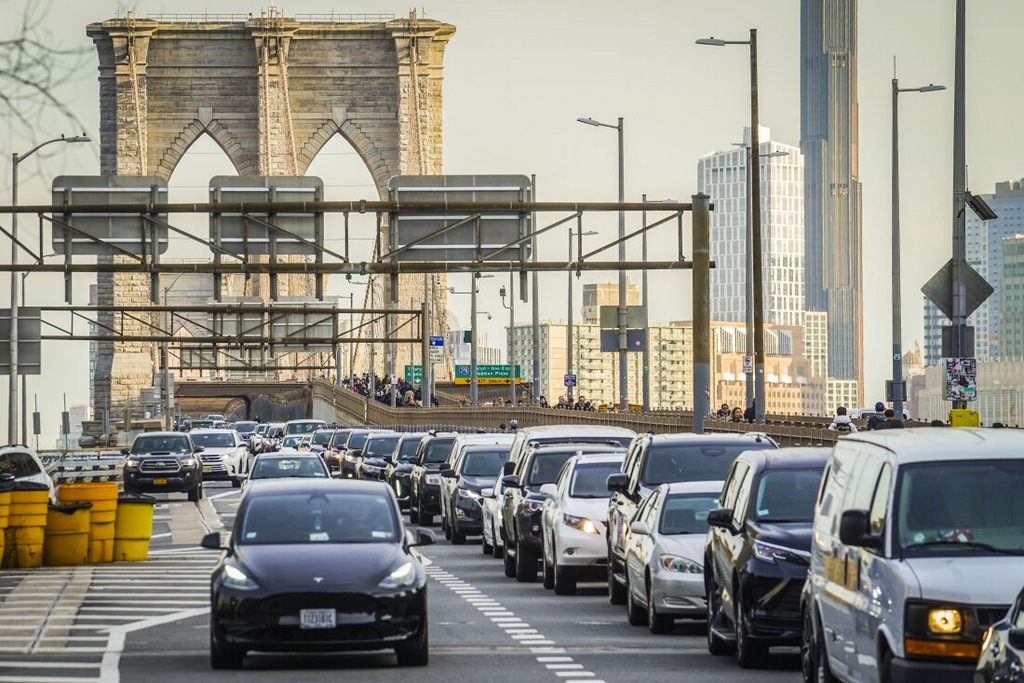Marrakesh
The old city center is one big bazaar - loud, crowded, and unabashedly low-rise. The tallest building is the Koutoubia ("Booksellers'") mosque - built in the 13th century. From the occasional third story restaurant terrace, a sea of rooftops can be observed, littered with satellite dishes all lined up in the same direction, much like the faithful face Mecca.
The Medina is full of shops, stalls and street vendors of every kind. The owners stand outside trying to out-yell each other as they invite the passers by to come look at their wares in every language they can say "hello" in.
"Bonjour! Hola! Hello! Ciao!" they yell until they get a reaction. Eye contact is often seen as an invitation to show you their bestsellers. More's the pitty that they all pretty much sell the same things.
The central square, Djemma El Fna, takes this to the utmost extreme. One side of the square is occupied by various entertainers, mostly musicians and snake charmers. The rest is taken up by food stalls. Picking up only after dark, the square fills up with rows of food peddlers selling the same thing for the same low price. There is a row of fresh orange juice sellers, a row of meat grillers, a row of spice merchants. Interestingly, in the tea-pouring row, unlike everywhere else in the country, they do not offer the usual Moroccan mint tea. Instead, for a Dihram-and-a-half, they sold me a tiny glass of some atomic-strength ginger and cinnamon concoction which I couldn't take more than two sips of. There was also an entire row selling boiled snails by the bowl-full, but after the tea, I decided not to press my luck.
In the morning I found the square completely empty, all the stalls not merely closed, but gone entirely. The only food to be had was from old ladies selling freshly baked layered crepes called Msimin. Served with honey, and costing one Dirham (about 13 cents) this was the best last taste of Morocco one could wish for.


